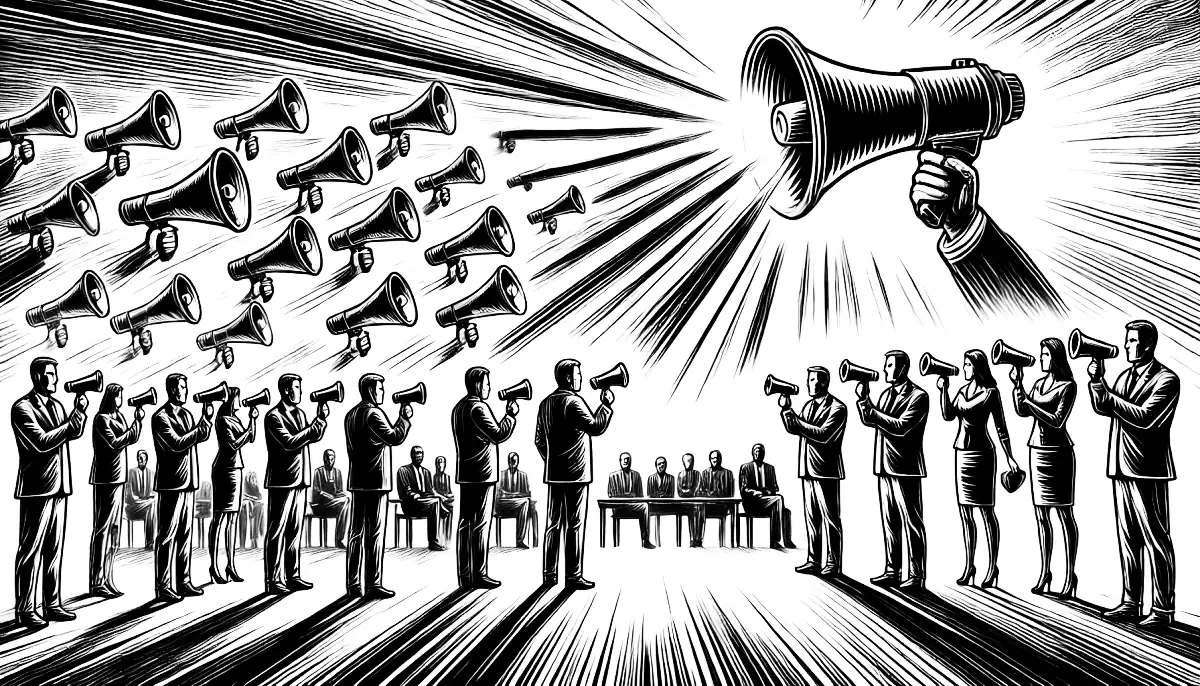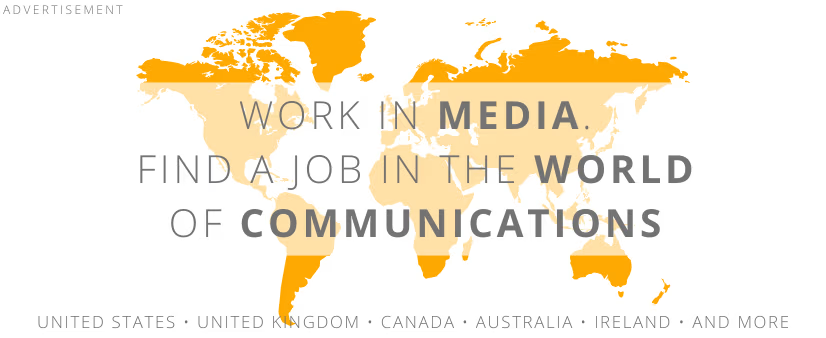 illustration: DALL-E
illustration: DALL-EIn the latest report "The New Search Reality: GEO, SGE – SEO in 2025" from Altavia Kamikaze + K2, a bold message emerges: the rules of digital visibility have changed, and brands that fail to adapt risk becoming invisible. As AI-powered tools like ChatGPT, Gemini, Claude, and Perplexity reshape how users discover information, a new metric dominates the landscape - Share of Voice (SoV).
What is Share of Voice (SoV)? It’s a marketing metric that measures a brand’s share of the total advertising space or conversation in a market or channel. It is expressed as a percentage, and shows how loudly a brand "speaks" compared to its competitors. SOV can exceed 100% when a brand generates far more buzz than its market share suggests. Through intense campaigns, viral content, or strong social media activity. In such cases, the brand captures a disproportionate amount of audience attention, effectively "stealing" communication space from its rivals.
SoV measures how frequently a brand appears in AI-generated responses within a specific category. Unlike traditional SEO, this is no longer just about keywords and backlinks - it’s about how AI understands, selects, and trusts your brand. In the AI search era, presence alone doesn’t count. Perception is everything.
Massive gaps, Fierce competition
The Chatbeat-powered study analyzed 2,000 brands across 40 categories and revealed massive disparities in SoV. The highest recorded score reached 791.34%, while the lowest dipped below 1%. With an average SoV of 59.25% and a median of just 40.34%, most brands - even those in the top 20 - struggle to maintain strong visibility.
| Brand | SoV (%) | Category |
|---|---|---|
| OLX | 791.34% | Classifieds |
| XTB | 738.08% | Investment Platforms |
| LELO | 418.23% | Erotica |
| mBank | 396.99% | Investment Platforms |
| Allegro | 332.70% | Automotive |
| Allegro | 303.02% | Classifieds |
| DOZ | 325.36% | Online Pharmacies |
These results show a new class of dominant players - either vast ecosystem brands like Amazon and Google or highly specialized companies that deliver context-rich, intent-matching content. The report also found that intense competition defines some categories, with margins between top players as narrow as 2–3 percentage points.
From visibility to credibility
AI doesn’t just display results; it makes recommendations. That’s a game-changer. According to Mateusz Rzetecki, SEO & Content Marketing Director at Altavia Kamikaze + K2, the future of SEO lies in credibility: “It’s no longer just about being visible - it’s about being trusted by the algorithm.” That means brands need consistent messaging, content relevance, and domain authority that models like ChatGPT can recognize.
Michał Sadowski, CEO of Chatbeat and Brand24, goes further: “We are witnessing the biggest tech revolution in decades. For the first time, Google is losing its search dominance. AI models are now the gatekeepers of brand discovery.” With ChatGPT generating nearly 5 billion monthly visits, how your brand appears - or doesn`t - in AI is now a business-critical issue.
Europe’s AI divide
The report also highlights a striking digital gap across Europe. While Denmark leads in AI adoption with 28% of businesses using it, Poland ranks near the bottom with just 7%. This underlines a serious risk: if Polish brands don`t invest in AI search optimization now, they may simply disappear from future digital conversations.
In the era of Generative Engine Optimization, brands must align with AI-driven discovery - or risk being left behind. The full report is available at https://k2precise.pl/raport-ai-search/.
COMMERCIAL BREAK
New articles in section Marketing and PR
Dance in the media mirror. Between culture, business and viral fame
KFi
Over 78,000 media pieces, 1.6 billion potential views, and 197,500 social media mentions-dance in Poland is no longer niche. With a combined media value exceeding PLN 800 million, it now outperforms MMA, handball, and hockey.
PR in Poland. Ranking of the largest public relations agencies 2025
KFi
The smallest teams often generate the most publications, and agencies outside Warsaw are increasingly capturing media attention. This unexpected distribution of power is one of the key findings from the 2025 PR Agency Ranking in Poland, developed by Widoczni and IMM.
Connected TV and borderless advertising. The ID5 report
KFi
Viewers are moving away from cable TV. And they are doing it en masse. Already 86% of Europeans watch content via Connected TV and global ad spend in this segment is set to double by 2028. The industry is undergoing a communication revolution.
See articles on a similar topic:
How to find topics for communication
Aleksander Pawzun
"We have nothing to say" is a phrase heard all too often. Yet practice shows that every business has the potential to tell stories. You just need to learn how to spot them and turn them into content that appeals to your audience.
Customers Flirting with Service Bots. What Contact Center Research Says
Krzysztof Fiedorek
Research by Infobip shows that nearly 20% of Americans engage in flirtatious conversations with bots while handling standard customer service issues. This trend is particularly evident among people aged 35 to 44, where more than half of respondents admitted to flirting with a virtual assistant.
Trends and threats in online advertising. Media Quality Report 2025
Krzysztof Fiedorek
In 2024, the digital advertising world lost about 100 billion dollars due to fake impressions. A report published by Integral Ad Science shows that so-called fraud is getting smarter, and campaigns are increasingly exposed.
Contextual Advertising in Print Media. PBC Measured Its Effectiveness
BARD
Print advertising, when placed in the appropriate editorial context, attracts 67% more attention than ads in other sections, according to research conducted for Polskie Badania Czytelnictwa (PBC). Contextual ads hold the reader’s gaze longer and engage them more deeply.





























